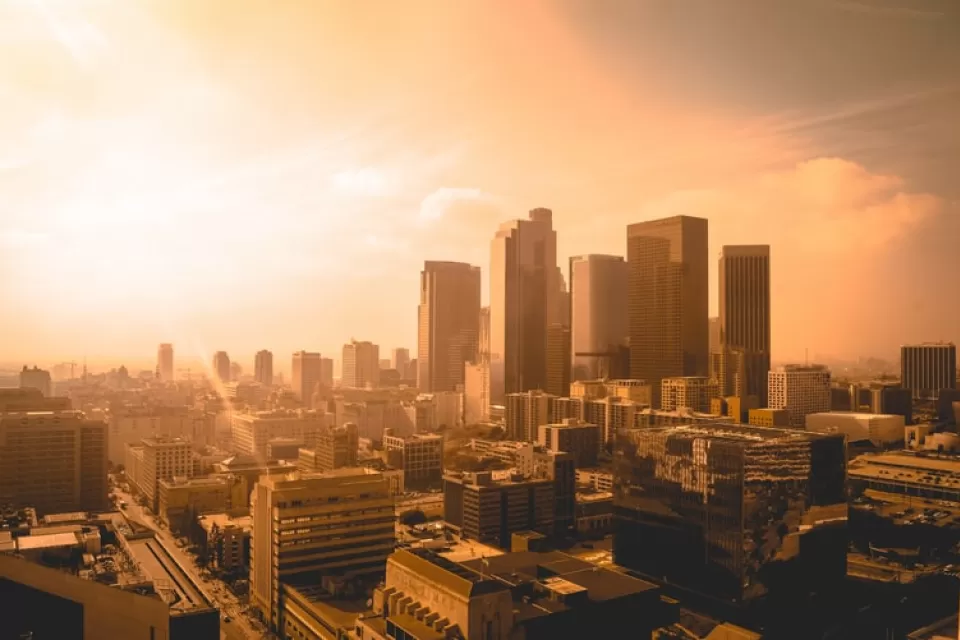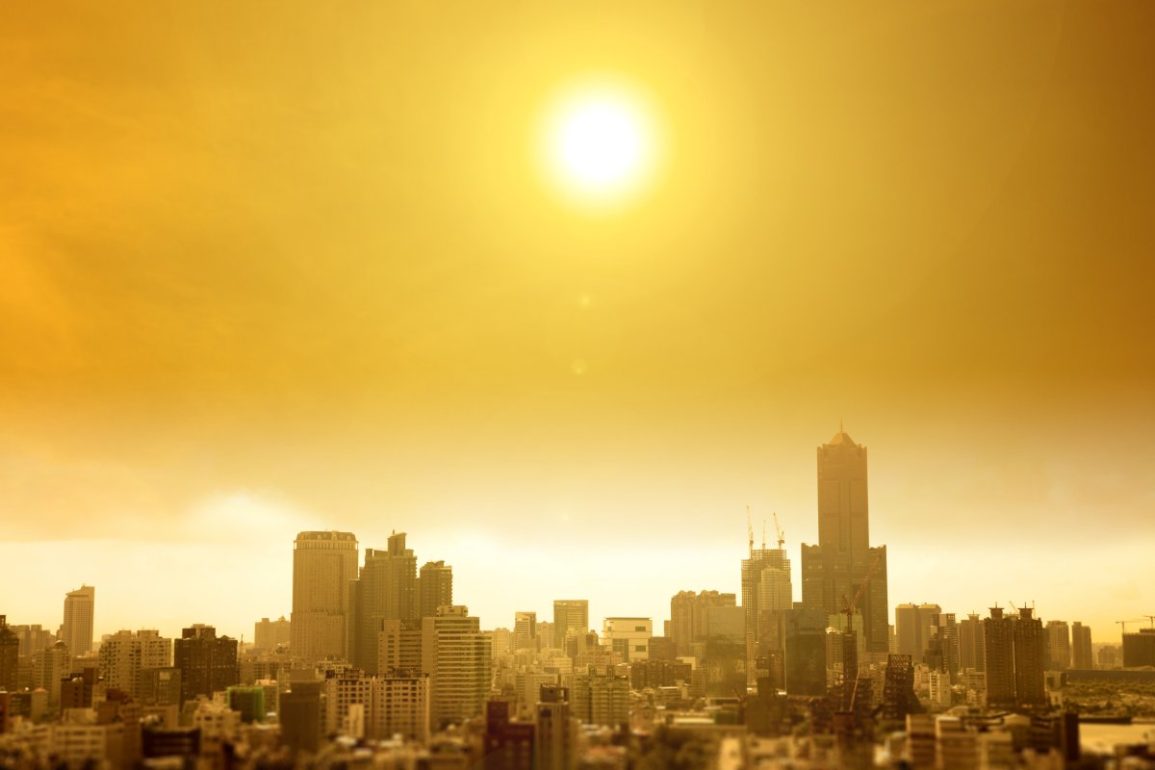A recent study shows that urban heat islands (UHIs) make high temperatures worse during extreme weather, especially in big U.S. cities. UHIs are areas in cities that get hotter due to human activities and buildings. This affects 65 major cities with 50 million people or 15% of the U.S. population.
The study by Climate Central found that nearly 34 million of these people live in places where temperatures can be at least 8°F higher because of UHIs. Global warming, caused by human actions, is made worse by city features like roads and buildings and the lack of green spaces.
Significant populations in cities such as New York, Chicago, and San Francisco, where UHIs can increase temperatures by at least 10°F, are particularly vulnerable. For example, more than 5 million people in these cities face such intensified summer heat.
In Houston, the widespread developed land area also contributes to high UHI index values amidst the current heat wave. The analysis underscores that the built environment, characterized by dense populations and minimal vegetation, plays a crucial role in driving UHI effects and consequently amplifying heat risks.

The study lists the top 10 U.S. cities where urban heat islands (UHIs) cause the biggest temperature increases: New York (+9.6°F), San Francisco (+9.1°F), Newark (+9.0°F), Chicago (+8.7°F), Philadelphia (+8.5°F), Washington D.C. (+8.5°F), West Palm Beach (+8.5°F), Boston (+8.4°F), Miami (+8.4°F), and Baltimore (+8.4°F).
Jennifer Brady from Climate Central states that UHIs pose major heat risks and raise cooling costs for residents. This problem will worsen as carbon pollution continues to increase global temperatures.
Extreme heat, exacerbated by UHIs, has already led to at least 28 deaths, primarily in Oregon and California, where it also hampers emergency responses to wildfires. The National Weather Service warns that “extremely dangerous heat” will persist in the U.S. West and expand to central and eastern regions.
The heat wave’s extensive impact includes hazardous conditions in southeastern Texas, worsened by power outages from Hurricane Beryl, and record-breaking temperatures in Las Vegas, where the UHI index is over 7°F, leading to continuous extreme heat advisories.
Oregon is experiencing unprecedented heat, with cities like Portland setting new daily high-temperature records and facing increased fire dangers. The state’s heatwave has resulted in suspected heat-related deaths and exacerbated the wildfire situation.
In California’s Death Valley, temperatures have neared record highs of 129°F, attracting tourists despite the dangerous conditions. The extreme heat has already claimed lives, such as a motorcyclist who succumbed to heat exposure in Death Valley, illustrating the severe risks posed by the ongoing heat wave and UHIs across the region.

